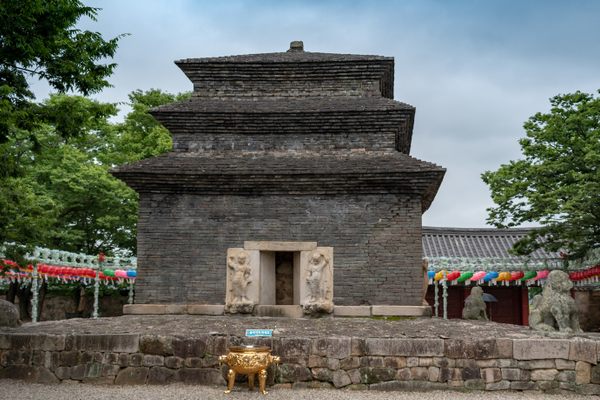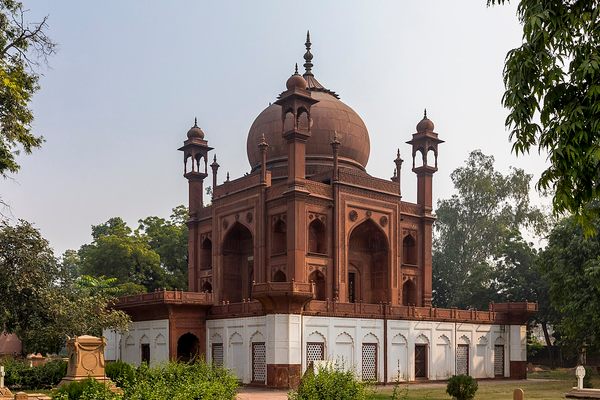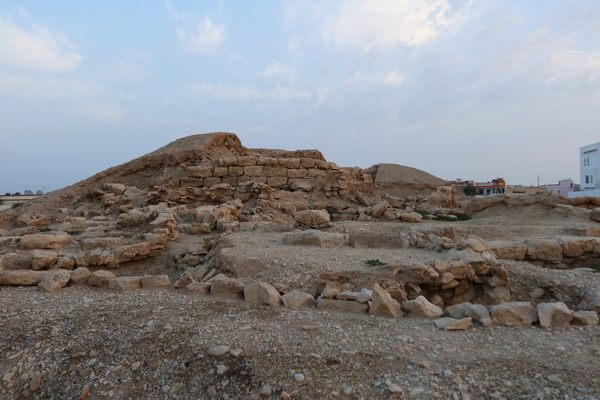AO Edited
Cheonmachong
This tomb's name derives from a famous painting of a white horse found inside.
Cheonmachong means, “Heavenly Horse Tomb,” and was previously known as Tomb no. 155.
The tomb was constructed in the style of the Silla, and is believed to date from the 5th-century, but possibly as late as the 6th-century. The tomb was constructed for an unknown Silla king.
Excavated in 1973, a total of 11,500 artifacts were recovered from inside. Three artifacts were eventually listed as Korean National Treasures.
The tomb got its name from a now-famous painting of a white horse located on a birch bark saddle flap found during excavation. The horse, known as a Cheonma, has eight legs and is depicted with wings on its feet. The other, less famous side of the saddle flap showcases horsemen and a phoenix.
The burial of horse trappings and an actual horse with the king highlights the important role these animals played during the Silla period.

















Follow us on Twitter to get the latest on the world's hidden wonders.
Like us on Facebook to get the latest on the world's hidden wonders.
Follow us on Twitter Like us on Facebook